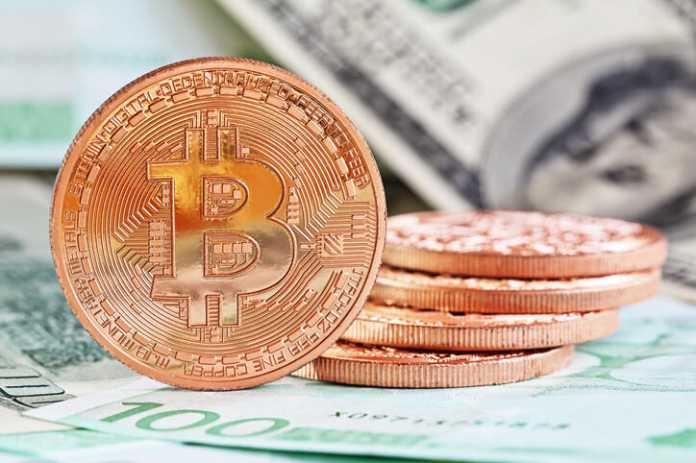Bitcoins are identical to traditional fiat money in several ways, but they also have certain distinct benefits.
- Both could be employed as a medium of exchange as well as a repository of worth.
- To operate as a medium of trade, both depend on broad public confidence.
- Paper currency is created and regulated by government agencies and national authorities.
- Bitcoin is generated and dispersed by a procedure termed mining, which is independent of any controlling agency.
- Since Bitcoin being tamper-proof and never costing twice, it could be accepted.
- A Bitcoin payment could never be canceled, undone, or refunded.
Users may discover the distinction between bitcoin and paper currency through the official bitcoin trader.
What Is Fiat Money?
Paper currency is a type of cash generated by the state and controlled by a banking system. These monies function as legal money but aren’t always supported by a tangible asset. Rather, it is dependent on the nation’s economic creditworthiness. The financial industry dynamics determine the price of paper currencies. Because currencies cannot be tied to any tangible assets, such as metals, currencies are in danger of becoming devalued owing to inflation. About 1000 AD, China was the inaugural country to introduce a paper currency, which expanded to the rest of the globe. Currency was initially centered on tangible goods such as precious metals.
Even though paper money is thought to be a stable economy, that isn’t necessarily the fact. Over the decades, financial downturns have spotlighted a few of the flaws in Paper currency. Because a centralized institution’s increased authority may not always suffice to prevent hyperinflation or bankruptcy, many individuals seem to assume that gold, with its infinite availability, would have been a more reliable economy. The concept of financial institutions controlling the industry and the continuous rise in international costs necessitates the use of bitcoins.
What Is Bitcoin?
Bitcoins are electronic that can be used as a form of payment among 2 people. Bitcoins enable consumers to interact directly with one another without the need for a middleman, such as with a financial institution. Because of reduced processing charges, bitcoins have become a popular way to move currency between boundaries. Utilizing different financial institution channels to transfer currency could be rather costly due to the various fees imposed all along the process. Another feature that has rendered bitcoin appealing is that customers would not need to reveal their identities to conduct payments. There are bitcoins whose primary purpose is to protect the identity of the parties involved in payments.
A further issue that has caused many individuals to ignore bitcoins is the inability to undo a trade once it is completed. If a deal is completed in error, the sole option is to request a reversal from the receiver. Usually, little can be done if the beneficiaries of an erroneous payment refuse to accept a refund process. Uncertainty is perhaps the most significant drawback that has harmed cryptocurrency attitudes. Variability significantly impacts a bitcoin’s price, which could be hard to decipher or manage.
Differences Between Fiat Money And Bitcoin
Bitcoins and traditional economies share two key characteristics: both allow for instantaneous transactions among two individuals and serve as a measure of wealth. Whereas the flow of currency provided by a centralized body ensures faith in paper currencies, confidence in bitcoins is predicated on the underpinning science – distributed ledger technology. While purchasing anything using paper currency, you must depend on a reputable organization, like the European Central Bank or a state agency, to act as a middleman and attest for the economy’s value. Either in case the purchaser and vendor are confident that the money will retain its worth following the exchange.
Final Words
Currency and the structures that support it would tend to develop, as experience has shown. The shape and technique might evolve from ornaments to bitcoin. However, the needs and utilization in terms of value, trade, and recordkeeping stay identical. Although the paper system remains the most widely used type of payment, bitcoin and the blockchain-based technologies that underpin them could be the ultimate stage in finance development.
Disclaimer: This article contains sponsored marketing content. It is intended for promotional purposes and should not be considered as an endorsement or recommendation by our website. Readers are encouraged to conduct their own research and exercise their own judgment before making any decisions based on the information provided in this article.




































































